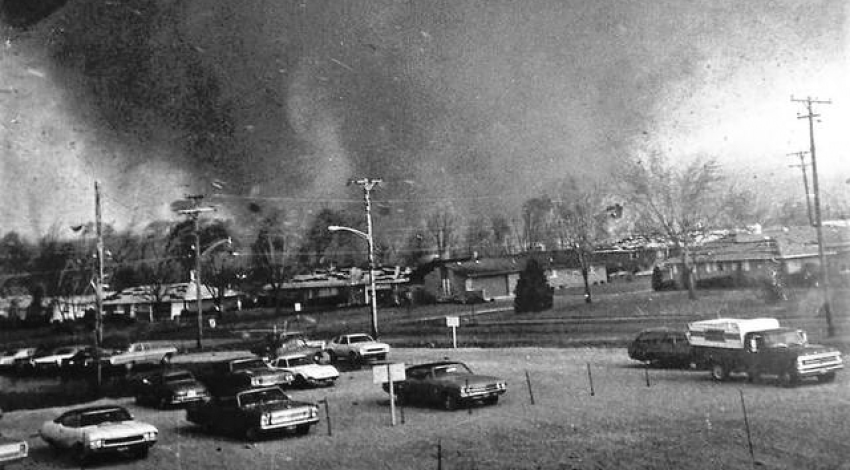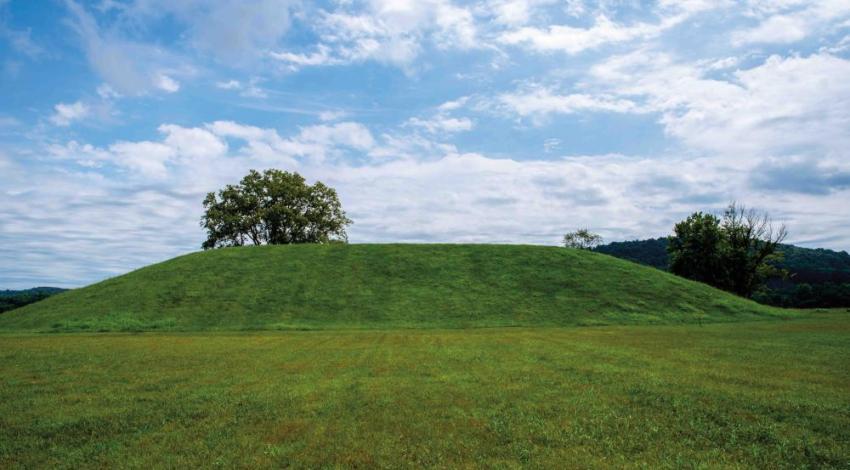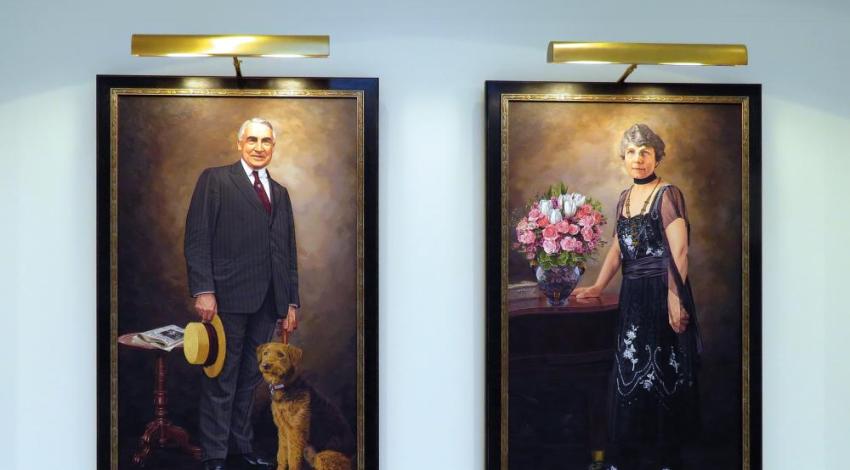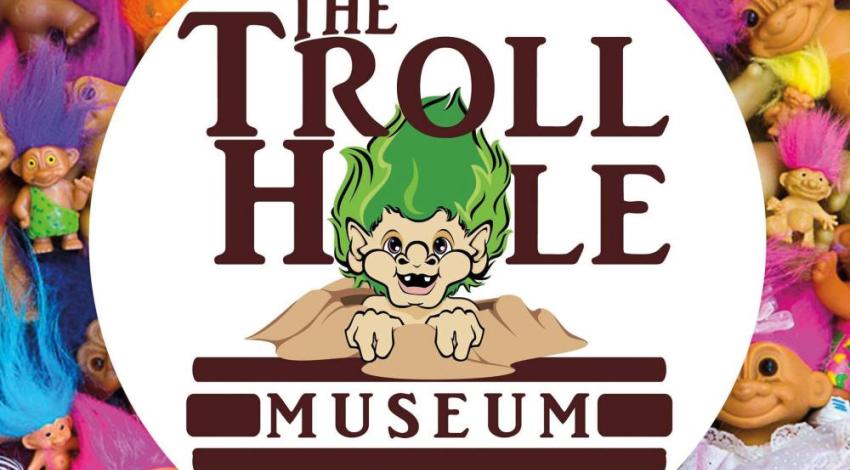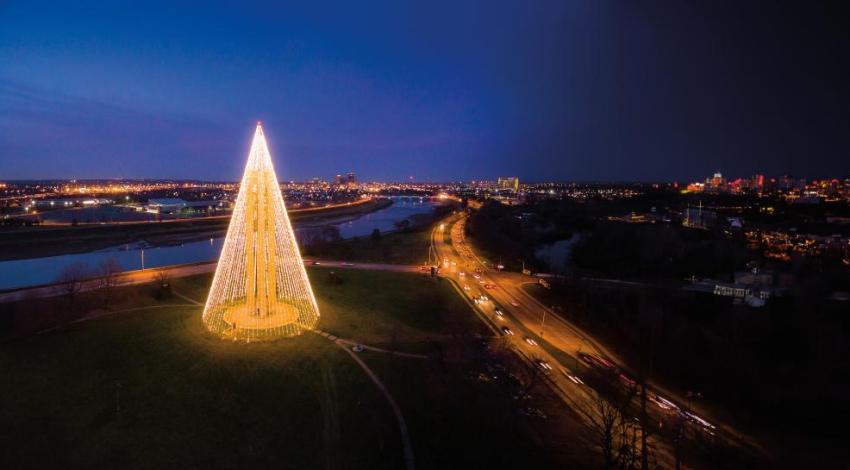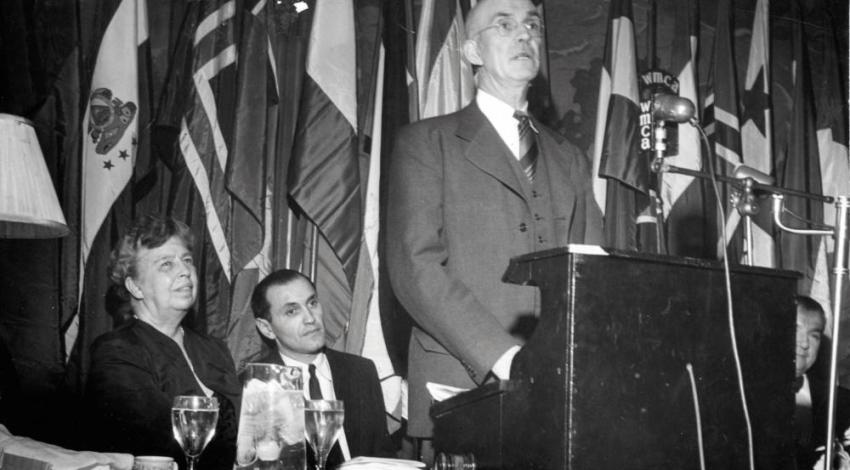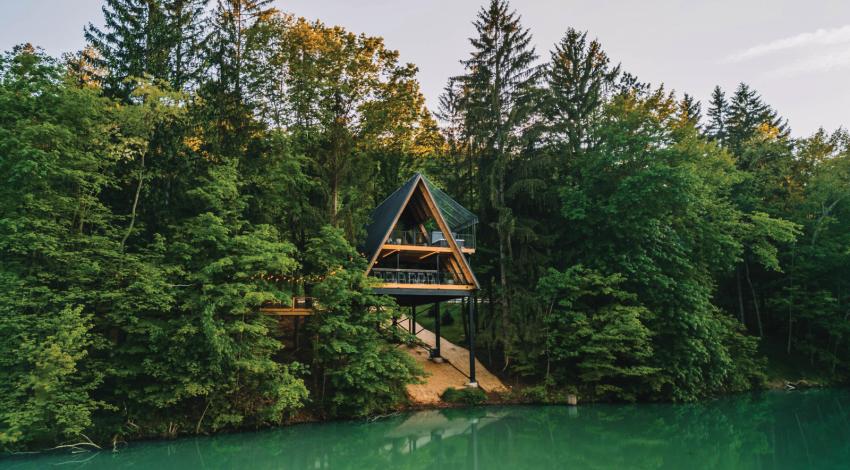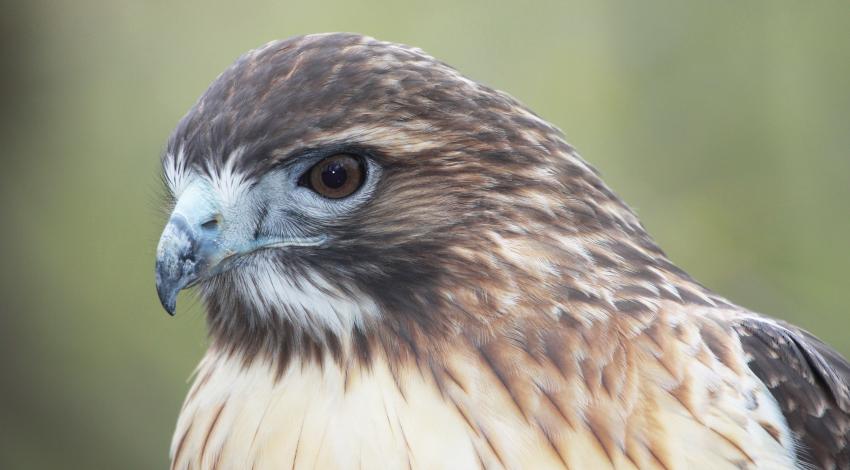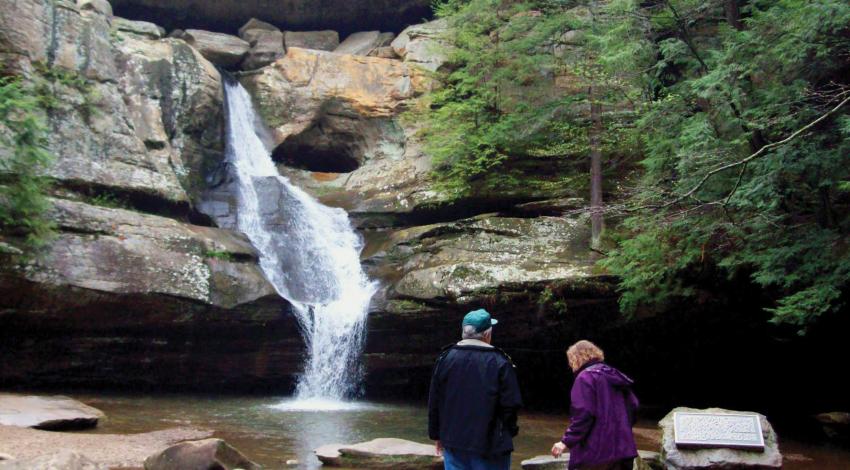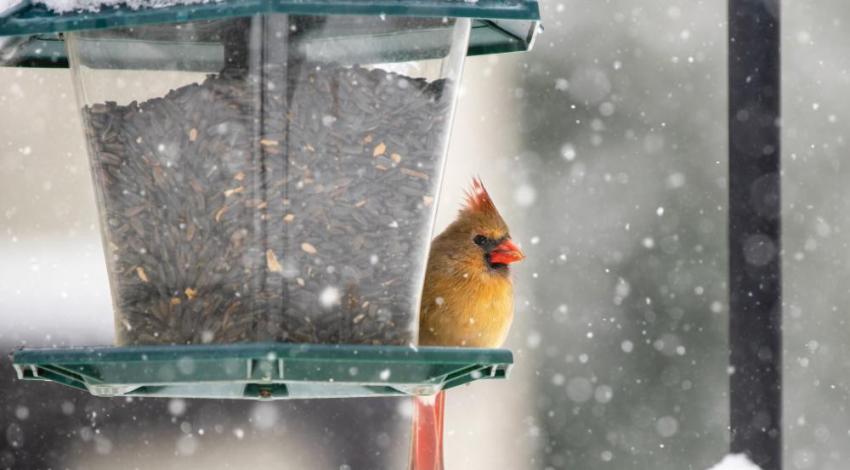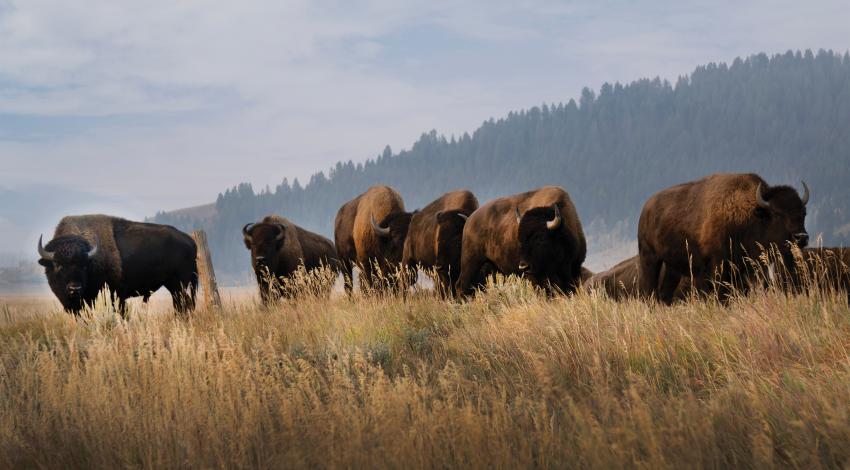On permanent exhibit at the Greene County Ohio Historical Society in Xenia is a tattered American flag that had been used to mark the slab foundation where a house had stood bef
Ohio history
Ohio is known as the “Mother of Presidents” because eight of the nation’s 46 chief executives called it home. The first of them, Ulysses S. Grant, now has a state holiday in his honor.
The idea for Grant Day came from State Sen. Terry Johnson (R-Scioto County), whose 14th District covers Clermont, Brown, Adams, and Scioto counties. “I was attending Grant’s 200th birthday celebration in Georgetown and got to thinking it would be nice to make his birthday a state holiday,” Johnson says. Adam Bird, who represents House District 63 in southern Ohio, wholeheartedly agreed, and in May 2022, the two legislators introduced companion bills proposing Grant Day. They worked together as their bills moved through the legislative process, and Gov.
The last organized departure of Shawnee people from Ohio began in September 1832.
Telling the story of the Shawnee — and their relationship with Ohio settlers — is the motivation behind the creation of Great Council State Park, scheduled to open early this year on State Route 68 between Xenia and Yellow Springs.
Wallace, who has tangled with state officials on other issues, praises ODNR and the Ohio History Connection for the efforts to accurately present the Shawnee story in the new park. “I’ve always told them, ‘Don’t talk about us, talk with us,’ and that has happened from day one with this project,” she says.
Jennifer Aultman speaks with reverence when she talks about Ohio’s earthworks — eight of which, linked together as the Hopewell Ceremonial Earthworks, have been inscribed as a World Heritage Site by the United Nations Educational, Scienti
About 1,100 landmarks around the globe have been added to the list since the program began in 1972, with 25 of them in the U.S. This is the first in Ohio.
Why are they special?
There are 10 criteria, any one of which qualifies a site for the World Heritage list. The OHC/NPS team cited two of those as they made the case for the Hopewell Ceremonial Earthworks.
Sherry Hall never tires of showing visitors the paintings of Warren and Florence Harding that hang side by side near the entrance of the Warren G. Harding Presidential Library and Museum in Marion.
The president has a genial twinkle in his eye and holds a straw hat straight out of the Jazz Age. Laddie Boy, the beloved Airedale who attended cabinet meetings and retrieved the president’s errant golf balls, sits at Harding’s feet, and resting on a table behind them is a copy of The Marion Daily Star, the failing newspaper Harding purchased at age 19. He managed to make it profitable and still owned the Star when elected president in 1920.
Broadway musicals have dazzled audiences since the 1850s, and this year will be no exception.
Kenley — a theatrical producer and former vaudeville performer — founded the Kenley Players, which brought “America’s most exciting summer theater” to Ohio from 1957 until 1995, drawing crowds with lavish productions, low ticket prices, and big-name stars in leading roles.
What happens when you receive a troll doll at the impressionable young age of 5? If you’re Sherry Grooms, you end up with a museum.
One room has the Troll Bowl, a dollhouse version of a football stadium, where trolls are dressed as football players and fans sport NFL attire. There’s also the Rock ’n’ Troll Hall of Fame featuring troll versions of Rod Stewart, Justin Timberlake, KISS, and more.
Troll collecting has made Grooms an expert on troll doll history. The original is from Denmark, where Thomas Dam carved wooden dolls for his daughter, inspired by trolls of Scandinavian folklore. Dam’s designs became mass-produced in the U.S. in the 1960s.
This time of year, you can find dozens of events that feature chestnuts roasting on open fires and Yuletide carols being sung by choirs, but there’s only one holiday celebration that features Ohio’s grandest musical Christmas tree.
Located on 65 acres bordering the Great Miami River, Carillon Historical Park is an open-air museum founded in the 1940s by industrialist Edward Deeds and his wife, Edith. Because his passion was history and hers was music, they made Deeds Carillon the focal point of a collection of buildings and artifacts that highlight both Dayton’s heritage and its many contributions to industry and transportation.
In the early 19th century, public city parks were virtually nonexistent. That doesn’t mean, however, that there was no green space in urban areas.
Ohio’s urban garden cemeteries are some of the country’s most distinctive memorial parks, and stunning examples can be found in nearly every population center. Here are three that are particularly outstanding and accessible.
In the fall of 1935, in the depths of the Great Depression and the dawning of the New Deal, a young executive from the Ohio Farm Bureau Federation traveled to Washington, D.C., to meet Morris L.
The initial meeting didn’t go so well, as Lincoln remembers in his autobiography, Vice President in Charge of Revolution.
Shown into his office, I told him that we of the Farm Bureau wanted to avail ourselves of the benefits of this legislation and set up our own utility plants.
“What do you know about the utility business?” Mr. Cooke asked.
“Nothing,” I admitted cheerfully. “I was trained in dairying and animal husbandry.”
